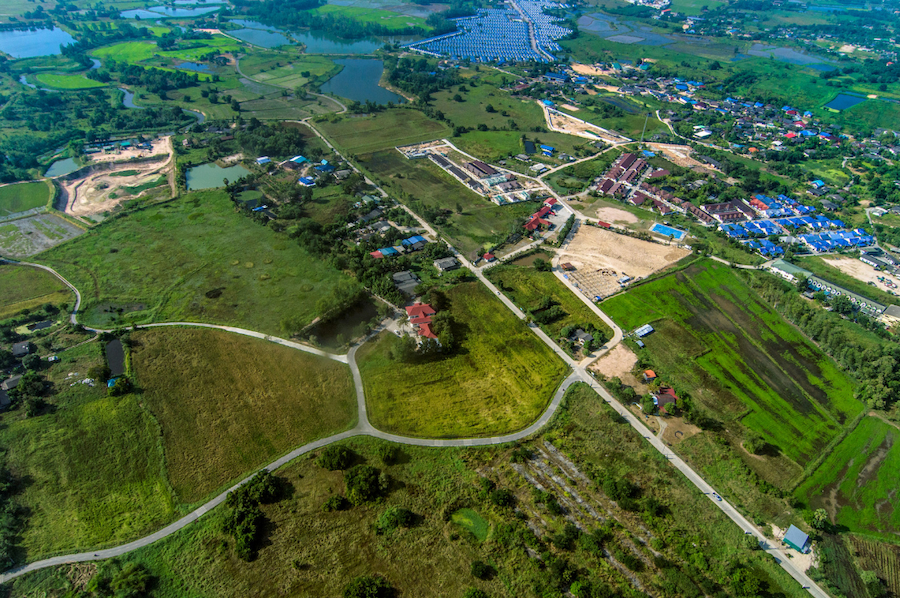University Circle incorporated Utilizes Allegro To Help Convert Vacant Land To Income Producing Properties


UCI identified five sites within its governing area that the organization felt were priorities for potential future development. Each site had unique characteristics related to site ownership, configuration, adjacent uses, and market position. In order to initiate the development process, UCI was in need of a market assessment and development feasibility study to understand how best to unlock each site’s potential while meeting UCI’s strategic goals.
Allegro implemented its proven methodology for evaluating real estate and identifying potential land use alternatives. This methodology is based upon the principle of determining the highest and most appropriate use for community objectives (namely, considering quality of life and social implications) rather than the conventional concept of “highest and best use” which tends to view only market economics as the driving force behind real estate development. Using this principle as a framework, Allegro implemented a three-phased approach to determine the highest and most appropriate use for each site.
1) Allegro conducted preliminary due diligence and reviewed information from UCI and outside resources to evaluate the physical characteristics of each site in order to identify the existence or non-existence of detriments to various land use opportunities and provided input into the feasibility of development alternatives.
2) Allegro conducted a market analysis for each site, analyzing the current status of the surrounding market to understand market-driven demand for various land uses. This analysis included current and planned supply, pricing (quoted and transacted land transfers and lease rates), historical absorption rates, estimated development timelines for various development alternatives, detailed demographic data (population density, average household incomes, projected demographic trends, etc.), and planned development and infrastructure affecting market demand. Allegro utilized this data to conduct proforma financial analyses, develop recommended land use(s), and project timeline(s) for a variety of product types on each site.
3) Allegro identified future developments that would have an impact (positive or negative) on the sites and evaluated adjacent land uses, surrounding amenities, and land use/product type gaps in the marketplace. Finally, Allegro evaluated each site as a component of UCI and the City of Cleveland’s master plans and zoning code to make recommendations for modifications to plans and codes to support each site’s highest and most appropriate use.
Based on the resulting recommendations, UCI has been able to make progress on attracting developers for these sites, which has helped them to achieve their objective of converting non-productive vacant land to income producing properties that supplement the growing development in the University Circle area.



Get the latest real estate advice and insights from Allegro experts sent straight to your inbox.